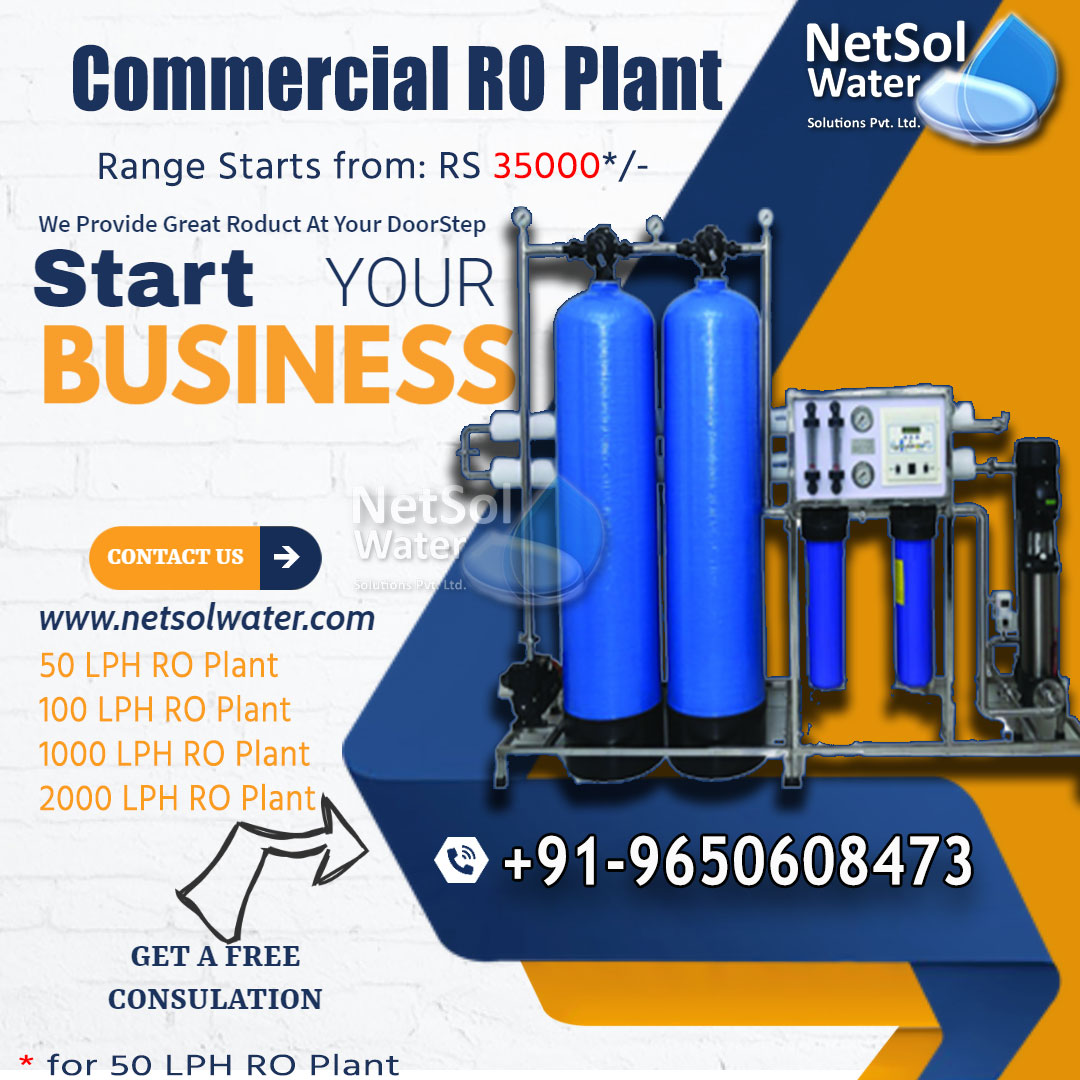WHAT IS TDS?
The term TDS refers to the concentration of dissolved particles or solids in water. TDS is made up of inorganic salts such as calcium, magnesium, chlorides, sulphates, bicarbonates, and many other inorganic compounds that dissolve easily in water.
TDS has an effect on the salinity of water. If you notice that the water in your home tastes salty and is unappealing, your water source most likely has a high level of TDS. The higher the TDS level, the more difficult it is to drink water without purification. These dissolved solids may be harmful to your health and must be removed before consumption.
How much Recommended TDS Usage In Commercial And Drinking Purpose?
TDS levels in water ranging from high to moderate can cause a variety of health issues. It can even alter the taste of water and food, as well as damage the filter. The water we use, especially for drinking, should be free of contaminants and other potentially harmful chemicals. As a result, it is necessary to test the TDS level of the water.
TDS levels can be measured using a TDS metre, which is widely available in the market. Water with more than 1000mg/l is thought to be unfit for human consumption. It has the potential to cause serious health problems. The presence of chemicals such as sodium, chloride, potassium, arsenic, and others causes the TDS level to rise, which is hazardous to one's health.
According to the WHO, an acceptable range for TDS levels in water is up to 300 parts per million (ppm) for it to be suitable for human consumption. Water with a TDS level greater than 300 ppm may taste salty and contain a high concentration of minerals such as sodium, potassium, and other salts. Any measurement above 300ppm would ideally necessitate the addition of Reverse Osmosis Technology for water purification. RO water technology employs special membranes that retain a significant amount of these dissolved solids, resulting in only palatable, purified water.
WHAT IS THE LEVEL OF TDS WHICH IS NOT SAFE?
Water with a TDS level greater than 1000ppm may be unsafe for human consumption. TDS levels above 1200ppm are considered unacceptable by the WHO. Water with a high TDS level has a significant impact on the colour, odour, and taste. It could be extremely unpleasant. Aside from the taste, water with a high TDS level may be unsuitable due to the excessive scaling caused by it in water pipes, heaters, boilers, and household appliances.
IS THERE ANY SOLUTION FOR THIS?
RO water purification is the most effective technology for lowering TDS and improving the taste of water.If the TDS level in your source water is high (>300ppm), you must install a RO water plant.
NETSOL RO water plants not only achieve ideal TDS levels by removing excess TDS, but they also purify water to make it completely safe according to USEPA guidelines. To provide safe and pure drinking water, the NETSOL RO range of water plants remove harmful viruses, bacteria, pesticides, chemicals, and heavy metals.
Netsol Water uses cutting-edge technology that adheres to predefined industrial standards and quality. As a result, you don't have to be concerned about the quality or services. In the commercial RO plant manufacturing industry, we are one of the most cost-effective companies.




